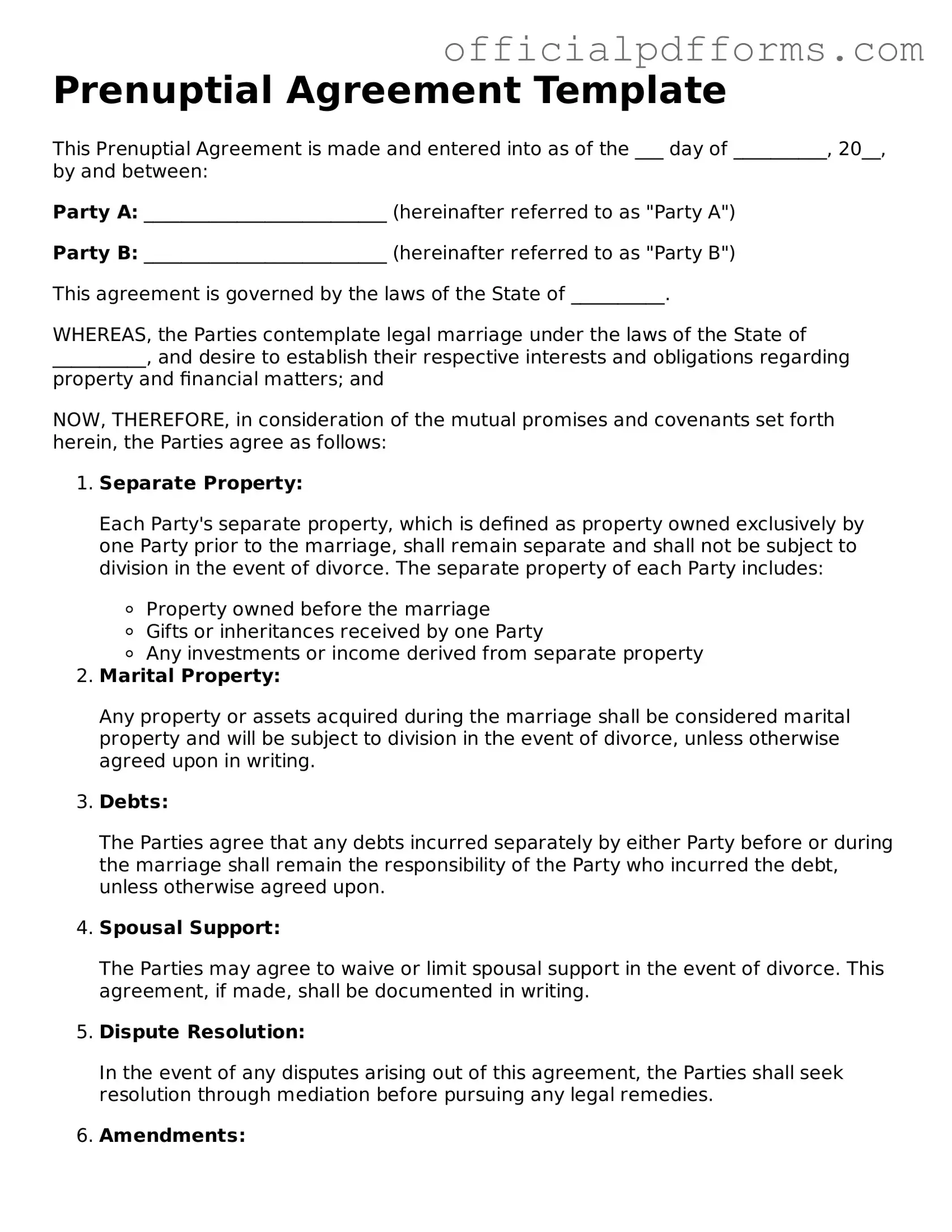What is a prenuptial agreement?
A prenuptial agreement, often referred to as a "prenup," is a legal document created by two individuals before they get married. This agreement outlines how assets and debts will be divided in the event of a divorce or separation. It can also address other financial matters, such as spousal support. By establishing these terms upfront, couples can protect their individual interests and clarify expectations regarding finances during the marriage.
Who should consider a prenuptial agreement?
While any couple can benefit from a prenuptial agreement, certain situations make it particularly advisable. Consider a prenup if:
-
One or both partners have significant assets or debts prior to marriage.
-
One partner is a business owner or has a professional practice.
-
There are children from previous relationships, and you want to ensure their inheritance is protected.
-
There is a substantial difference in income or earning potential between partners.
-
You want to establish financial responsibilities during the marriage.
How do we create a prenuptial agreement?
Creating a prenuptial agreement typically involves several key steps:
-
Openly discuss your financial situation and goals with your partner.
-
Draft the agreement, detailing how assets and debts will be handled.
-
Consult with legal professionals to ensure that the agreement complies with state laws.
-
Both parties should review the agreement independently with their own legal counsel.
-
Sign the agreement in the presence of witnesses or a notary, as required by your state.
It's crucial to approach this process with transparency and honesty to foster trust between partners.
Are prenuptial agreements enforceable in court?
Yes, prenuptial agreements can be enforceable in court, provided they meet certain legal requirements. To increase the likelihood of enforcement, the agreement should be:
-
In writing and signed by both parties.
-
Entered into voluntarily, without coercion or undue pressure.
-
Fair and reasonable at the time of signing.
-
Disclosed fully regarding assets and debts.
If these conditions are met, courts are generally inclined to uphold the terms of the agreement during divorce proceedings.
Can a prenuptial agreement be changed after marriage?
Yes, a prenuptial agreement can be modified after marriage, but both parties must agree to the changes. This is often done through a postnuptial agreement, which serves a similar purpose as a prenup but is created after the marriage has taken place. Just like a prenup, a postnuptial agreement should be in writing, signed by both spouses, and ideally reviewed by legal counsel to ensure its enforceability.
